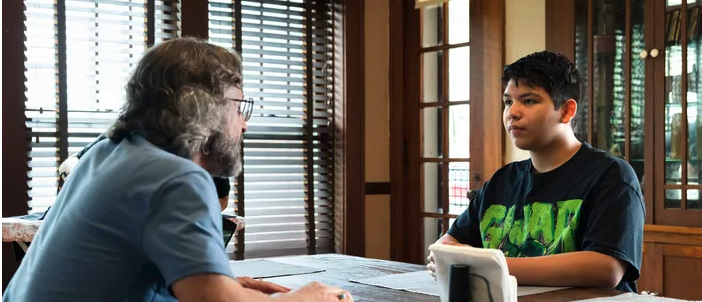
 Click here for the full article in Vulture
Click here for the full article in Vulture
“By focusing the episode on Cheese’s experience inside the youth prison system, the episode draws attention to an important issue. According to nationwide data collected in 2019, Native American youth were three times more likely to be detained than their white peers. And in many states, these disparities are increasing. This issue follows youth into adulthood: Native Americans in the U.S. are incarcerated at double the rate of white people. In 2019, Native Americans made up less than 1 percent of the total U.S. population, but they were overrepresented in prisons at 2.1 percent of all federally incarcerated people.
This episode does a great job showing how broken the youth-incarceration system is — there are so many rules and policies (limited phone use, no access to job resources, removal from family and community safety nets) that prevent the boys from getting themselves out of this situation. The deck is stacked against them. And, as Julio shares with Cheese and Tino, having to live with the fear that your friend might be taken away at any moment trains you to emotionally close yourself off in ways that can deeply harm you.
The episode is certainly harrowing — it’s incredibly painful to see Native youth in handcuffs — but it feels like the bigger message or question worked through setting the episode at a youth-detention home gets lost in the writing’s attempts to include goofy humor (for me, Gene’s monologue about walking in on his wife just didn’t land). And there are ideological consequences. For instance, Gene’s incompetence is played more for laughs than situated in a larger system of colonialism that purposefully dispossesses Indigenous peoples by removing youth from their homes. In other words, characters like Gene make it seem like Indigenous peoples are targeted due to the state’s accidental negligence rather than the state’s statistically proven hyper-surveillance of Native communities. The choice to focus on the interpersonal relationships among the incarcerated youth is compelling, nuanced, and innovative.”
Read more at: Vulture.com

